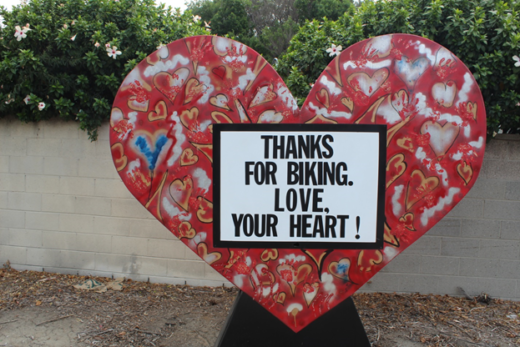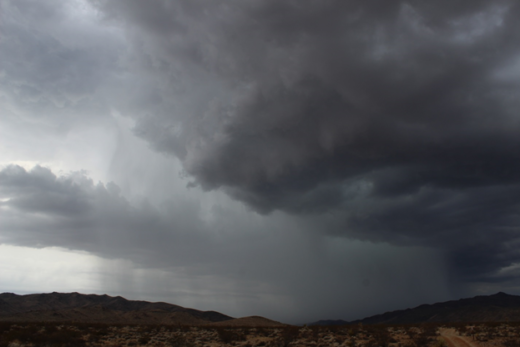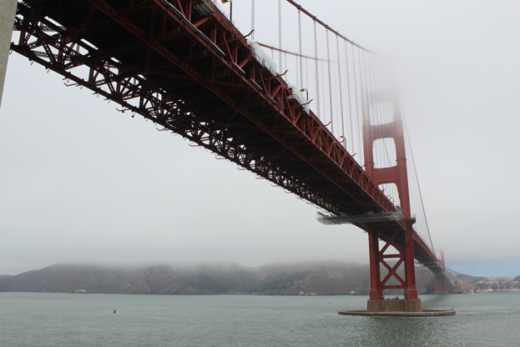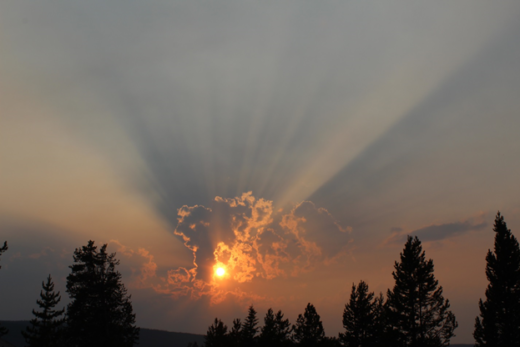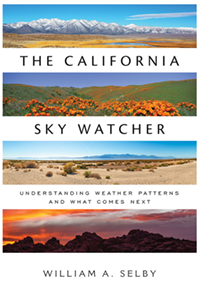Continue the tour north on Alameda Street. Turn left on College, at the Asian-style MTA Station. Then, turn right (north) on Broadway into Chinatown.
If you continue just a little past central Chinatown, you will see Los Angeles State Historic Park on your right. This open space down the hill has been called “The Cornfield”, either because it is shaped almost exactly like an ear of corn, or it was intensely farmed by the Spanish and Mexicans, or because of the packed corn that leaked from trains of the past, or perhaps all of the above. Note its prime location next to the L.A. River.

After being vacated, the Cornfield was the site of a fierce debate near the turn of the century that pitted some in the business community (who wanted to develop it for economic activities such as warehousing) against community activists who saw one of the last opportunities to provide open space within a city that desperately needed it. This former Union Pacific Railyard became a textbook example of the pressure on the few remaining brownfields in a growing city that is crowding in on itself and filling them in. People were unfairly required to choose between their need for more jobs and a strong economy versus their needs for more parks and open space. It was finally “completed” in 2017 and you can see that it now offers mostly mixed uses that serve the community. You might stroll through this 32-acre gem adjacent to Chinatown to participate in the local outdoor art and entertainment (officially located at 1245 N. Spring St.).

Stop #12: Chinatown (978 N. Broadway):
Since it would be impossible to even summarize more than 150 years of Chinese history in L.A. here, you might look for the historical information signs on the street, check with the L.A. Conservancy, or do your own research. Here’s a taste.

The first L.A. Chinatown started during the 1870s along a street known as “Colle de los Negros” (originally named after Spanish-speaking Californians (Californios) who had darker skin). Many Chinese arrived as laborers who were forced into years of servitude. This was also the sight of the brutal Chinese Massacre, a riot of about 500 racists that stormed the neighborhood, attacked the Chinese people there, and even shot and hanged up to 20 Chinese residents. Anti-Chinese real estate covenants and local and federal institutionalized segregation schemes kept Chinese from owning property and drove them out of other southern California communities well into the 1900s. Nevertheless, by the 1870s, more than 200 Chinese workers (brought to California for cheap labor) survived there. During the late 1800s, it gained a reputation as a ghetto crowded with low-wage service workers where prostitution, gambling, and poverty were commonplace. It was destroyed in 1933 to make way for the rail terminal we just visited.

Displaced residents eventually established a “New Chinatown” nearby (just northwest of the original) in 1938. This one included a stereotypical Chinese streetscape known as “New China”, built with the imagination of Hollywood to attract tourists. Interestingly, romanticist Christine Sterling (from our discussion of Olvera Street history) also played a leading role in this transformation. It is not surprising that many Chinese residents weren’t motivated to rebuild it after it later burned down.

Still, as years passed, New Chinatown became a major L.A. attraction. More than 14,000 people lived here by the late-1900s, but the ethnic enclave had deteriorated as those gaining financial stability moved out to the suburbs, leaving older and poorer residents behind. Redevelopment projects since the late-1900s have been bolstered by support from organizations such as the Chinese Historical Society of Southern California. You will find evidence of the old and new within and beyond some of these overworked, hackneyed Chinese landscapes. Explore the hidden, bazaar-like markets and dining opportunities along and around Broadway. You will find every type of Chinese restaurant imaginable within the few blocks along and off Broadway, from the more traditional to the Americanized, and from the affordable to the more expensive and formal.

By the start of this century, the largest Chinese ethnic enclaves and business districts in North America (such as in Alhambra and Monterey Park) had concentrated in the San Gabriel Valley, overshadowing the old Chinatowns here and in San Francisco, particularly when it comes to economic power. Today, you will now find a rich mix of Asian cultures that include those from Southeast Asia (Vietnam, Laos, and Cambodia). The Chinese Historical Society and Chinatown Heritage and Visitors Center attempt to bridge the old and new. You will also find younger, more affluent children and grandchildren pushing older generations into the 21st Century by modernizing this district. Such popular upscale events as Chinatown Summer Nights, that bring families and hipsters here to enjoy today’s Chinatown, suggest that these efforts are working. As in the San Gabriel Valley, you might hear Mandarin, Cantonese, or Szechwan dialects among a diverse crowd that includes cultures from Hong Kong and Taiwan.








